During the ‘Day of the Sun’ military parade marking the 105th birthday of its founding president Kim Il-Sung, North Korea unveiled what BBC reports “appeared to be new intercontinental and submarine-launched ballistic missiles.”
North Korea was expected to conduct their 6th nuclear test on this significant anniversary. Instead, they displayed what weapons analysts say may be new types of intercontinental ballistic missiles in canister launchers. So far there appears to be no evidence of the expected nuclear test this morning, however. Satellite photographs previously appeared to show preparations from North Korea’s nuclear test site, but there have been no seismic tremors today that would indicate one was conducted.
Instead, the North Korea chose to parade its newly-developed technology in a near-endless display. Not only have the specifics of the saber-rattling strategy changed, but the weaponry is surprisingly advanced. The Wall Street Journal quoted an expert on North Korean weapons, Dave Schmerler of the Middlebury Institute of International Studies, as saying, “We’re totally floored right now. I was not expecting to see this many new missile designs.” He went on to say that “a lot of this may be intimidation or bluffing, but it’s potentially a sign of things to come.”
A report from The Washington Post describes the danger of what analysts are seeing:
One of the missiles looked similar to the KN-08 intercontinental ballistic missile that North Korea had included in previous parades. This missile has a theoretical range of about 7,500 miles, which is enough to reach all of the United States from North Korea, said Joshua Pollack, editor of the Nonproliferation Review.
It also put two ICBM canisters, which protect solid-fueled missiles from the effects of the environment, on the trucks that had carried the ICBMs previously. One may have been a KN-14, another missile capable of reaching the U.S. mainland, although it has a slightly shorter range.
Analysts noted, however, that it unclear whether they have been tested. This is why no one is sure whether the canisters contain anything at all, Ankit Panda at The Diplomat explained.
Even if empty, the canisters represent a significant advancement. Panda writes:
[T]he canisterization of the solid fuel missile means that North Korea would be able to store the system remotely and launch it with little warning, eliminating the sort of support vehicles that would generate a large satellite signature for the United States and South Korea to observe in a potential preemption scenario. In sum, both the KN-11 and the KN-15 are about increasing survivability and obtaining a second strike capability. North Korea showed off six KN-15 TELs at Saturday’s parade. Together, these platforms make the prospect of a preemptive strike by the United States or South Korea less palatable, leaving open the prospect of nuclear retaliation.
Additionally, among the parade displays were Pukkuksong missiles — submarine-launched ballistic missiles with a range of more than 600 miles. That is not nearly far enough to reach the continental United States, but is in range of South Korea and Japan, as well as the American military bases located there. Incidentally, Vice President Pence is visiting the region beginning Sunday in Seoul and will restate the commitment of the United States to its alliances with both countries and its opposition to Pyongyang’s nuclear program.
Though the display of power is different, the rhetoric of North Korean officials remained defiant and continued to frame others, rather than North Korea, as the aggressors. “We’re prepared to respond to an all-out war with an all-out war. We are ready to hit back with nuclear attacks of our own style against any nuclear attacks.” Choe Ryong-hae, the country’s second-in-command, said.


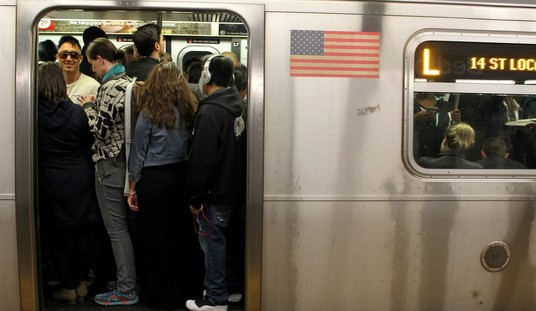
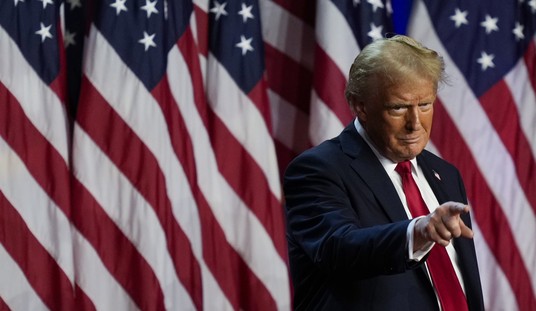


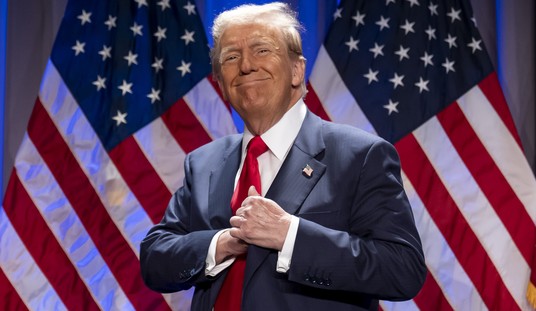



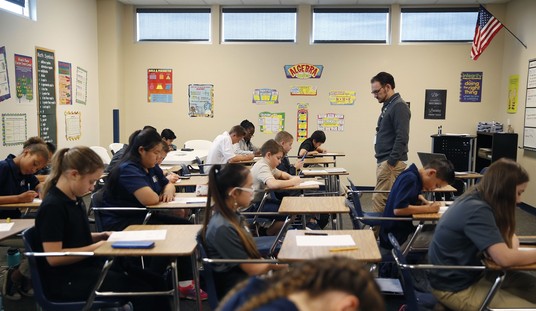
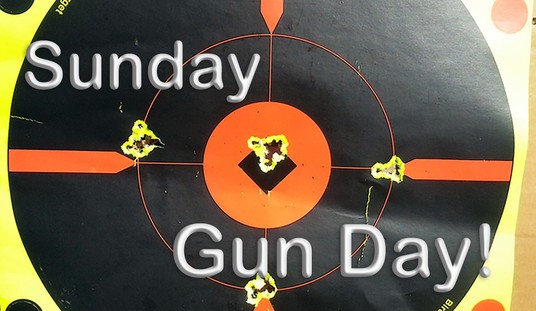
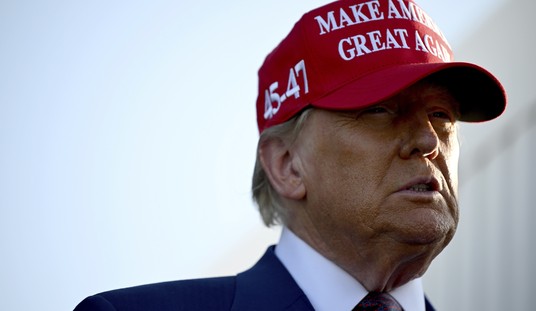
Join the conversation as a VIP Member